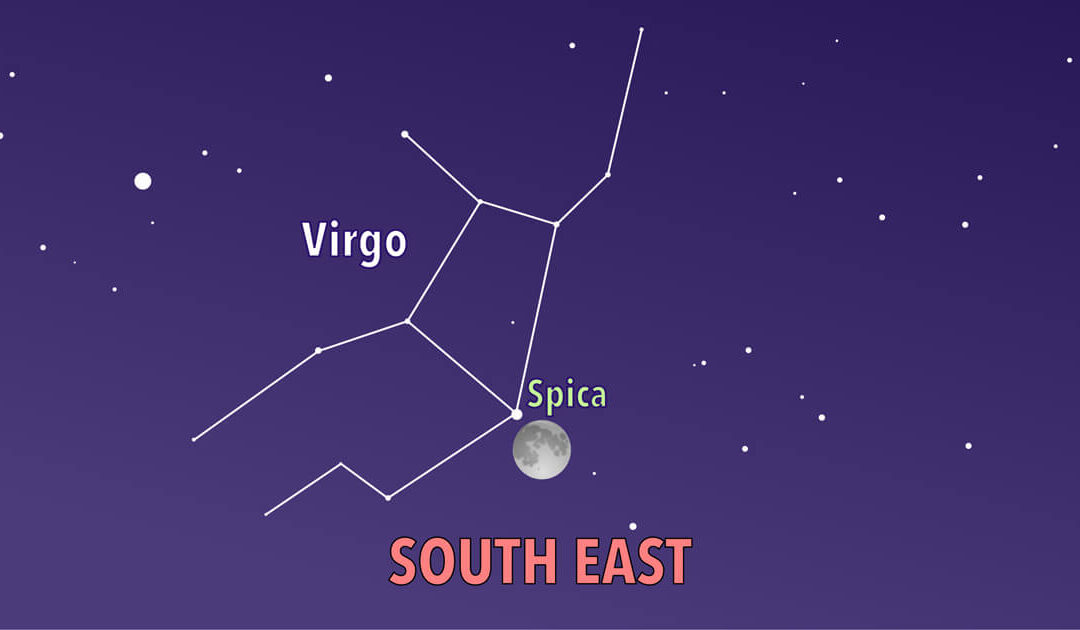What You Need to Know About the Latest Outbreak in the United States.

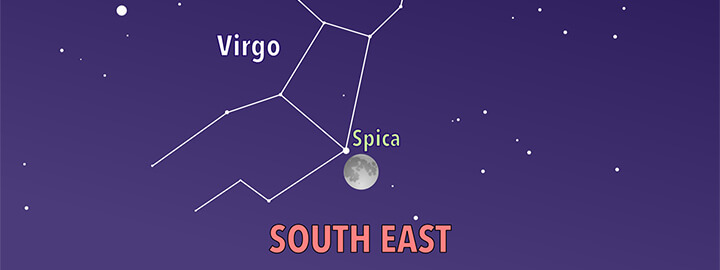
Stargazing: Full Moon and Spica
April 8, 2025
Julie Silverman, Carnegie Science CenterApril’s full moon is commonly nicknamed, the Pink Moon, a tribute to Spring as early blooming pink wildflowers, native to eastern North America, coat the ground like blushing moss. Also noting spring and warmer weather are the Algonquin’s April full moon name, “Breaking Ice Moon,” and the Dakota reference, “Moon When the Streams Are Again Navigable.” In a year when the Allegheny River more than once glazed with ice, these descriptive names mirror modern experiences.
On April 12, the night of the full moon, the silvery gleaming orb will appear to be remarkably close to the blue-white star, Spica. Sparkling Spica is the brightest star in the constellation Virgo, and its appearance signals the start of the growing season. Long before electricity and contemporary timekeeping, people looked to the heavens to mark seasonal reminders.
Spica, the name translating to wheat or grain, is actually a double star that appears as one from Earth’s distance of 250 light years away. Spica A and Spica B are very close together, only about eleven million miles apart, and their orbital period is just four days. Their extreme proximity and rapid orbits distort each star into elongated shapes, like eggs, with the narrowest ends pointing towards each other. The luminosity of the whirling binary system makes Spica the 15th brightest star and a stunning companion to the full moon.
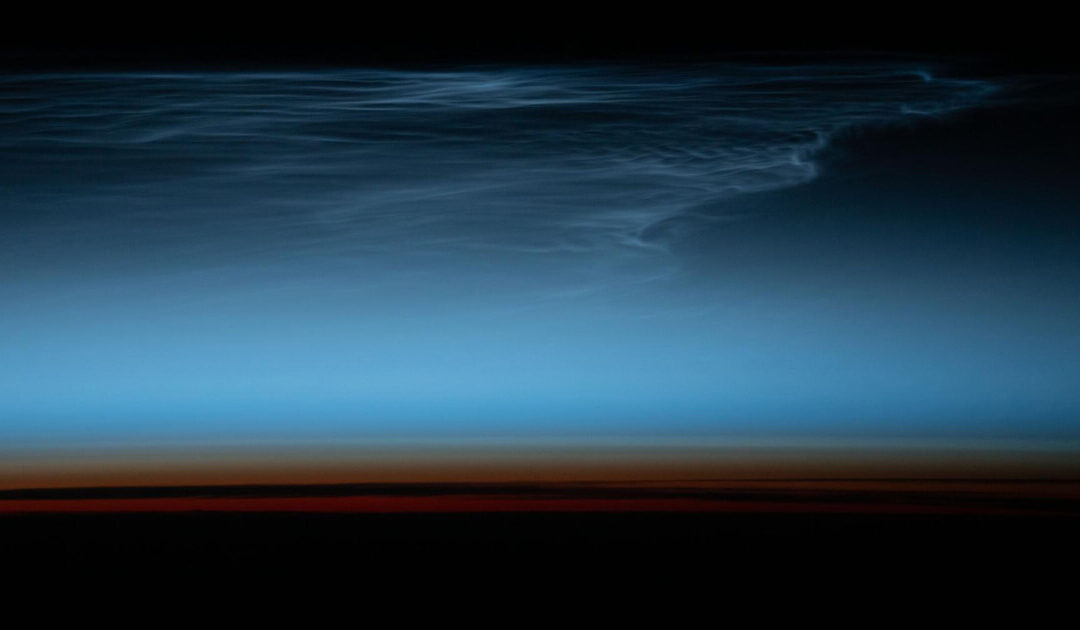
Stargazing: Noctilucent Clouds
Summer is the season to spot rare and luminescent Noctilucent Clouds. From May to early August, these ethereal clouds show their best displays thirty minutes after sunset or before sunrise. Home > Blog [acf...
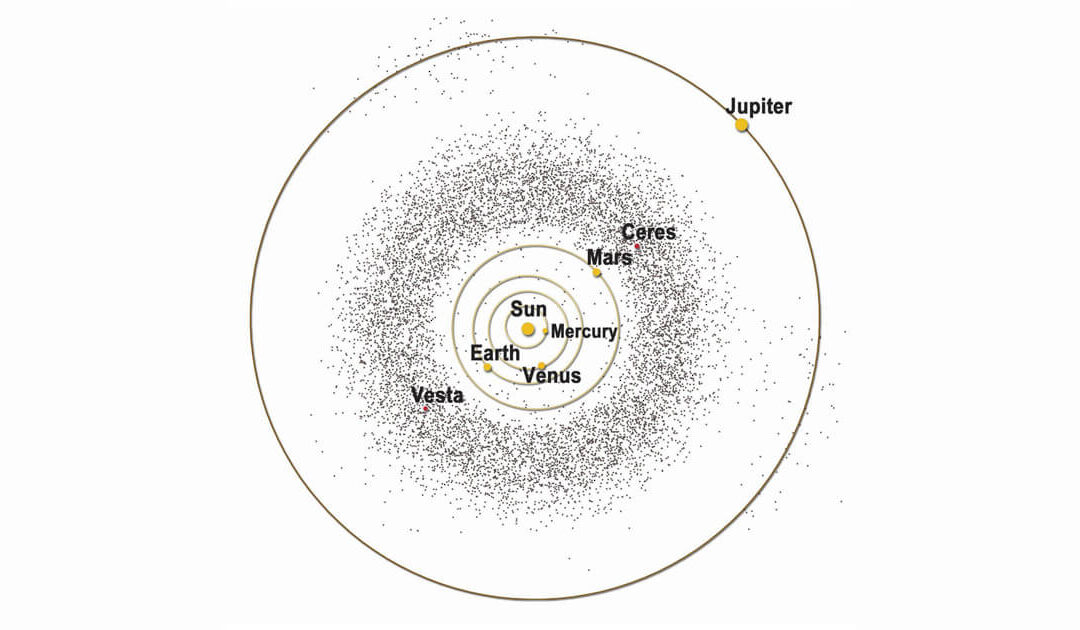
Stargazing: June 30 Asteroid Day – date of Siberian Tunguska Event; largest asteroid impact in recorded history
Pre-dawn hours of June 27 will bring peak opportunities to view June’s Bootid meteor shower. A thin crescent moon will enhance the chances of seeing meteors flash across the sky. Home > Blog ...

Stargazing: Solstice June 20– also, Moon-Saturn-Neptune close approach 5:45 a.m. June 18
Welcome summer! On Friday June 20 at 10:42 p.m. EDT, the sun will reach its northern-most point in the sky. Home > Blog Welcome...
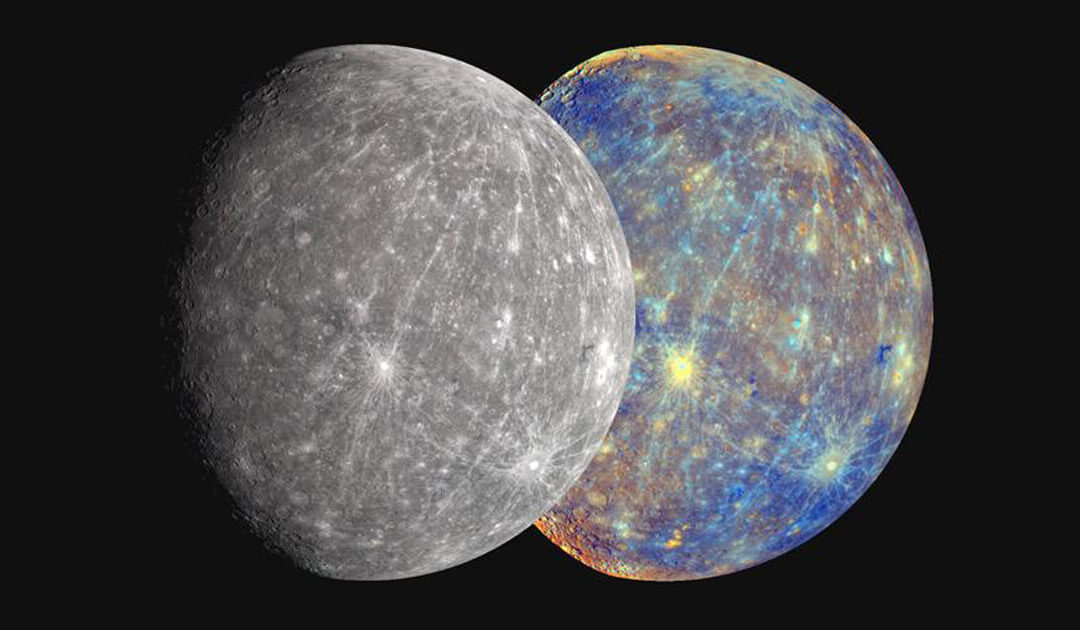
Stargazing: Mercury spotting from June 12-29
Mercury watchers will have several chances to view this elusive planet over the next two weeks. Since Mercury is the closest planet to the Sun, there is a small window in which it is visible. Home > Blog [acf...
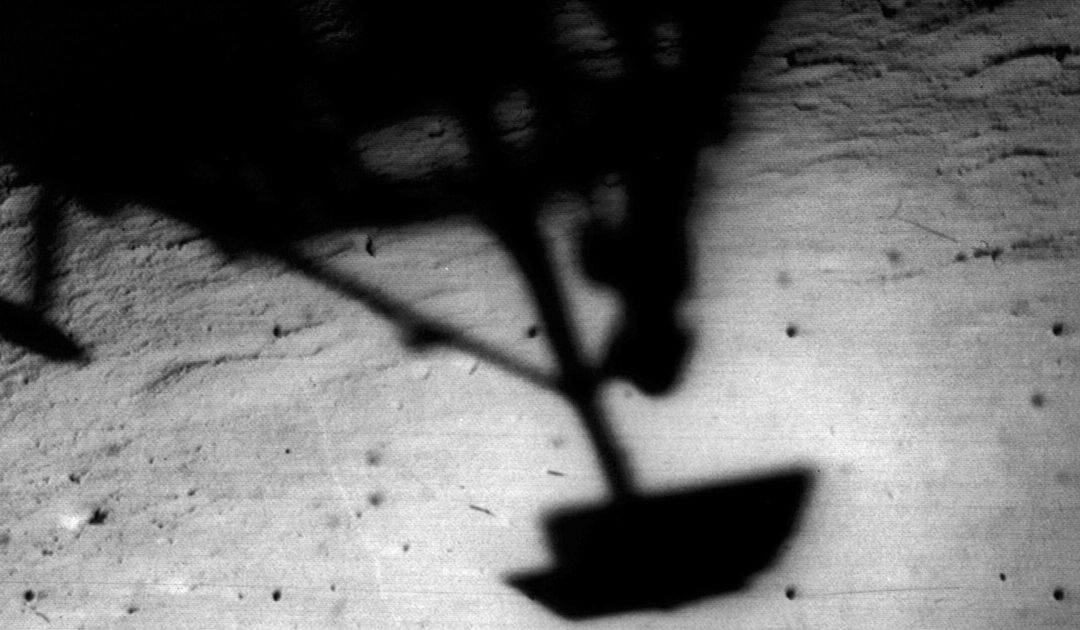
Stargazing: Surveyor 1 June 2 Moon landing 1966
On June 2, 1966, Surveyor 1 softly landed on the lunar surface, and NASA celebrated a significant success in the Space Race. Home > Blog ...

Stargazing: Ed White 1st American to walk in space/ISS’s first all-woman spacewalk
Sixty years ago, an American astronaut walked in space for the first time. At 3:45 pm on June 3, 1965, Ed White opened the hatch of the Gemini 4 mission and propelled himself into space. Home > Blog [acf...
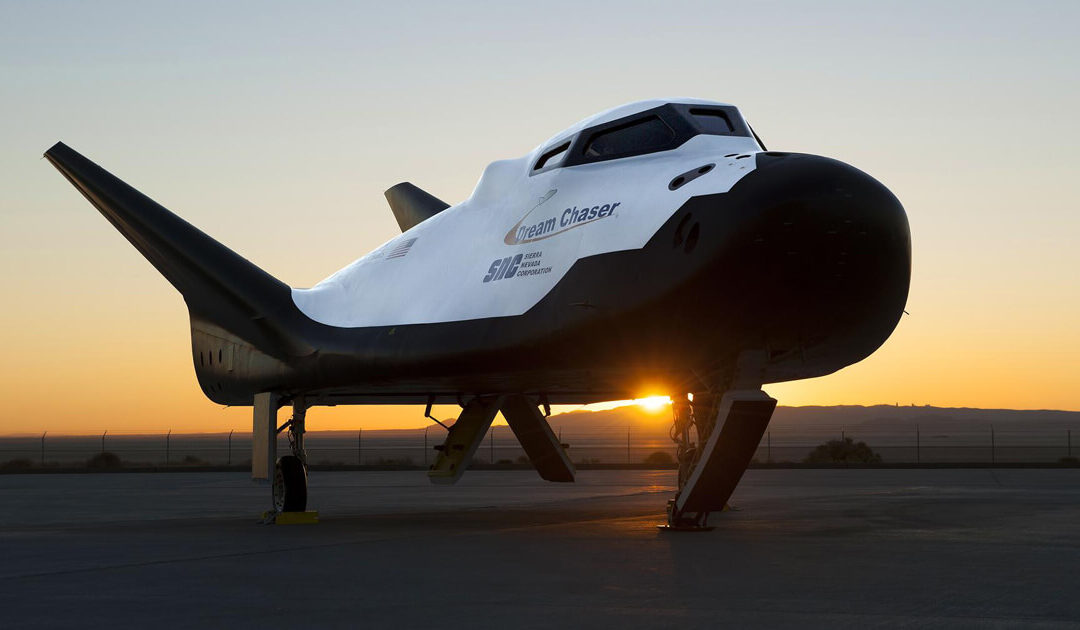
Stargazing: ULA Vulcan Centaur: Sierra Space Dream Chaser
A spaceflight first is poised to take place in May. Sierra Space Corporation, the private Colorado-based company, has been developing a reusable “spaceplane.” Home > Blog [sv...
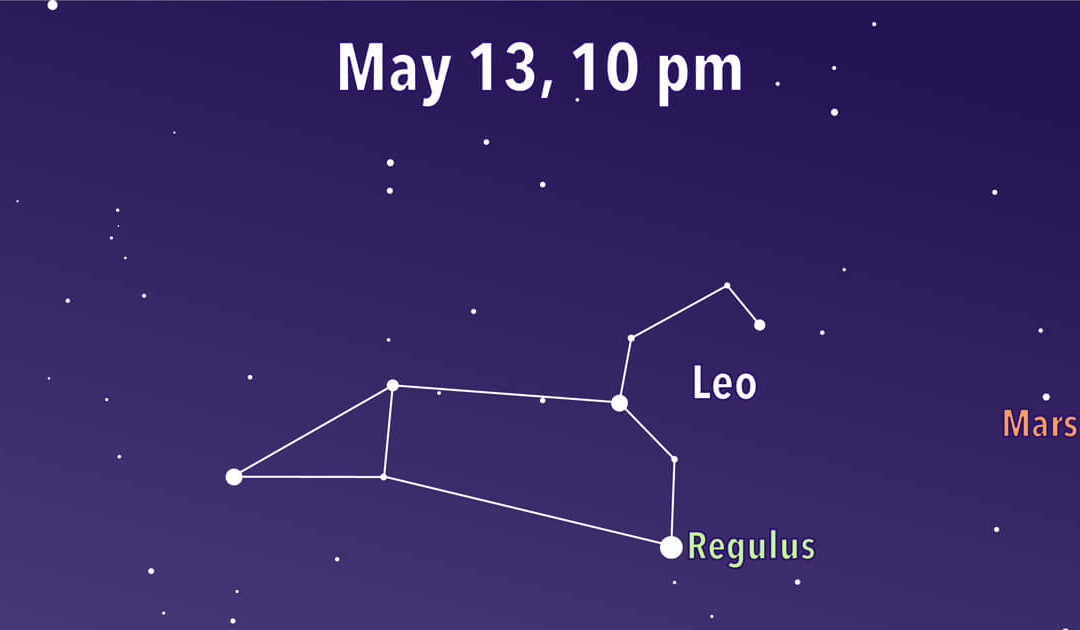
Stargazing: Leo the Lion still regal in the sky
Leo the Lion, the twelfth largest constellation, still regally rules the springtime heavens. It is easy to spot the distinctive backward question mark shape that creates the mane of Leo. A triangle of stars forms the hindquarters. Home > Blog [acf...
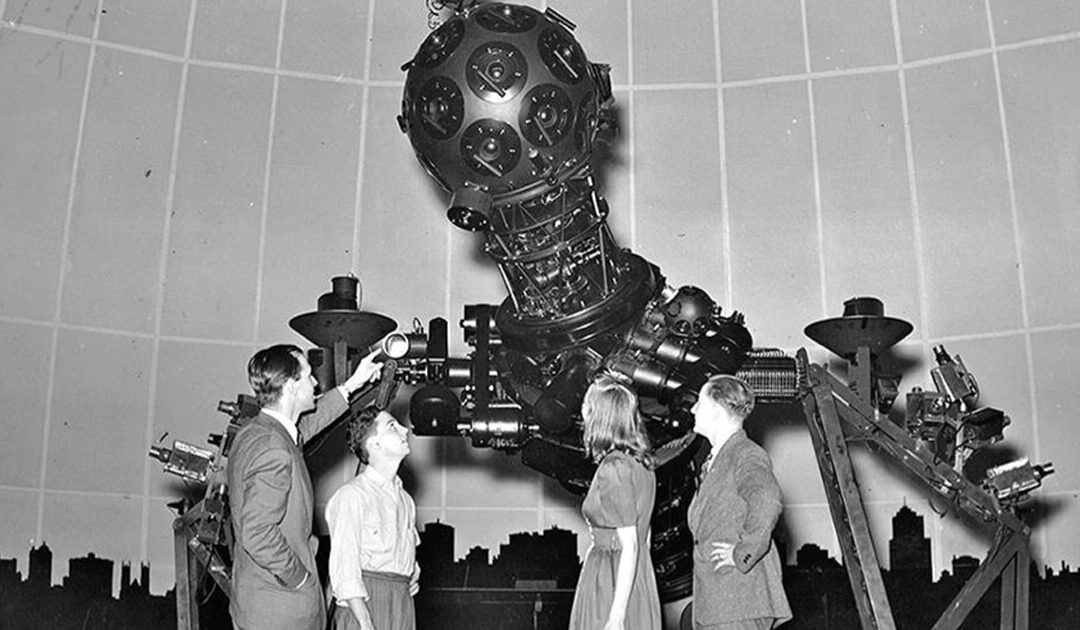
Stargazing: 100 years Planetariums/The beginning of Buhl to today
Pittsburgh's Carnegie Science Center holds the honor of hosting the fifth major Planetarium built in the United States. Home > Blog ...
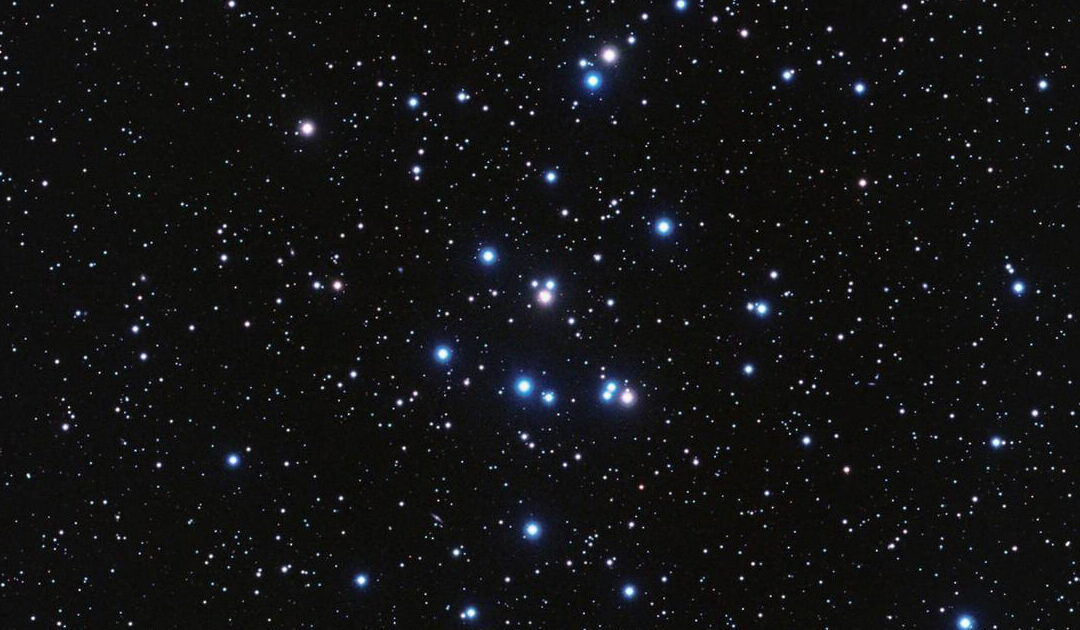
Stargazing: Mars and M44 – Beehive Cluster – close approach May 5
Mars has been dimming from our skies, but its rusty hue is still distinctive to spot. On May 5, a night with a waning gibbous moon, Mars will be in a picturesque conjunction with the open star cluster M44. Home > Blog April 29, 2025 [sv...


